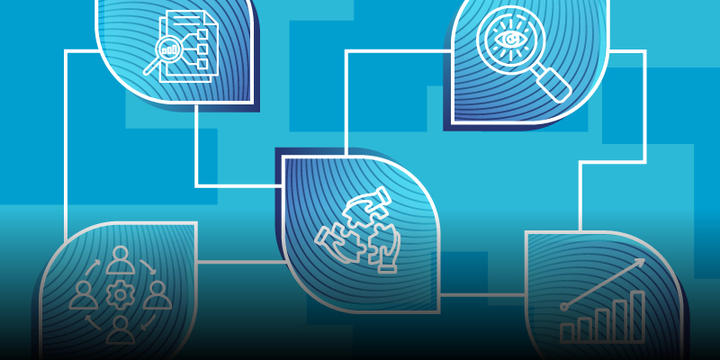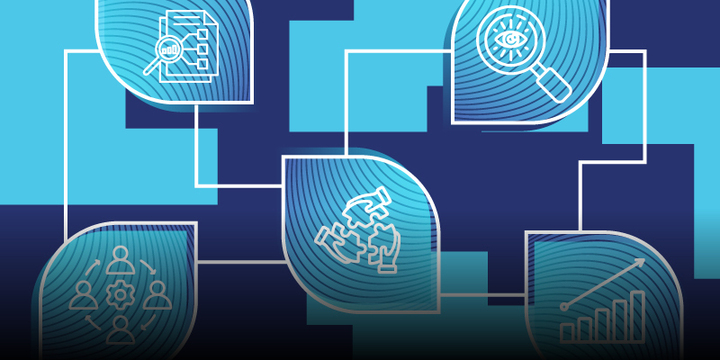
3. Delivery phase
Is the project on track? After thorough planning in phase two, you should now have time to focus on people and task management. Use iterative cycles to move through the project schedule and deliverables.
Contact us
Use our Slack channel #making-change-happen to collaborate, share best practice and get support.
Central Project Management Office (PMO)
Using our templates and tools
Pick and choose depending on the scale of your project. We've got document templates for small and large projects. There are also supplementary exercises you could do as a team.
At the end of this phase...
The project has delivered outputs and you've reported on progress. You'll be getting ready to handover further work to business leads and close the project. The sponsor agrees the project is ready to move to phase four (handover).
1. Status reports
Check progress and provide regular status updates. Status reports allow response to risks and issues. They provide confidence in project progress.
2. Update the schedule and manage dependencies
Maintain and update the timeline you started during the initiation and planning phase.
Detailed planning of the project schedule will help you keep on track of your deliverables (outputs).
Deliverables
Project deliverables refer to all the outputs (tangible or intangible). They are quantifiable products or services that the project team produces upon successful completion of a project. Find out more about the different types of project deliverables (indeed.com)
Methods
There are various ways you can manage your project. Choose the right method to fit your project’s resources (costs and time), capabilities (skills) and needs (objectives).
| Methodology | Strengths | Weaknesses | Key differentiator |
|---|---|---|---|
| Agile | Delivers products fast | Requires constant refinement | Strategic alignment |
| Lean | Prioritises value creation | Functional capabilities are not centralised | Delivering value |
| Waterfall | Easy to control | Lacks innovation | Risk management |
| Kanban | Easy to break the work down and group activities | Not intuitive | Increased visibility |
3. Update the RAID log
Maintain the RAID log you created during the initiation and planning phase. Use the log to review and recommend changes to any aspects of the project.
Revisit the triple constraints (cost, schedule and scope).
4. Manage project change requests
Document and agree any changes to the scope and delivery of the project or change. Log changes in the RAID (decisions log).
- Change request form template (large projects)
- Smaller-scale projects may not need this
5. Update stakeholder and comms plan
Revisit and refine the comms plan you started during the concept phase. Report on project progress regularly. This could be via project boards, steering groups and other relevant communities.
6. Project closure report
Start to gather information for the closure report. This will keep you on track to align your project with the intended outputs and benefits.
- Project closure report (large projects)
- Smaller-scale projects may not need this
Ready for the next phase? Your project sponsor should review everything from this phase. They should provide formal approval that the project is ready to move on.

Guidance on change management
The tools above help with project management processes and methodologies.
You can also use our guides and resources to help navigate the change process and support staff through change.
Explore the project phases
Contact us
Use our Slack channel #making-change-happen to collaborate, share best practice and get support.
Central Project Management Office (PMO)